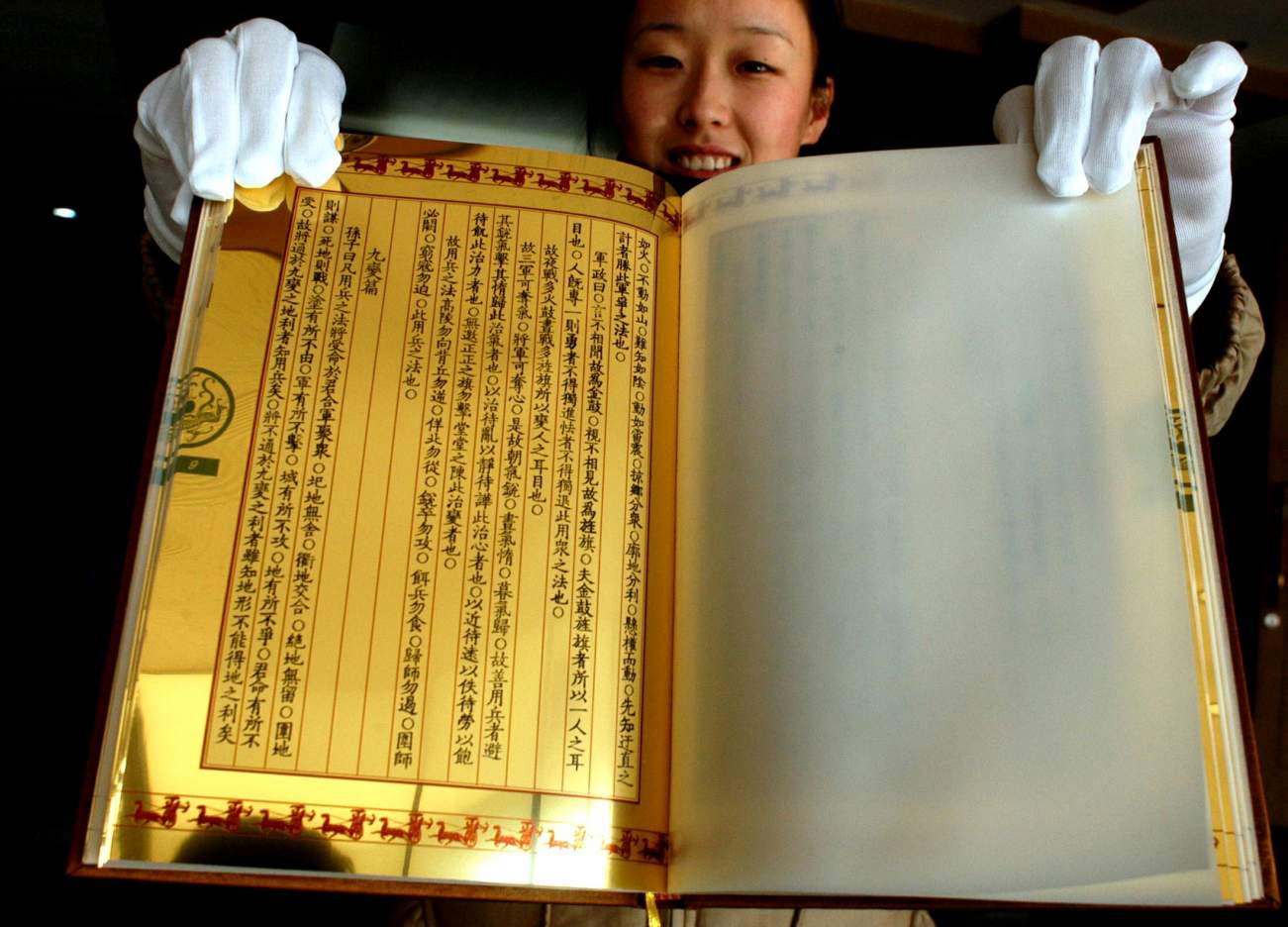 What does an insecure authoritarian regime do when it believes it is being undermined from within and encircled from without by its most potent foe, and threatened with extinction? For the Chinese Communist Party (CCP) in the early 1990s, convinced that the planet’s sole superpower was out to get it, the reflex was to turn for guidance to the Warring States period of Chinese history.
What does an insecure authoritarian regime do when it believes it is being undermined from within and encircled from without by its most potent foe, and threatened with extinction? For the Chinese Communist Party (CCP) in the early 1990s, convinced that the planet’s sole superpower was out to get it, the reflex was to turn for guidance to the Warring States period of Chinese history.
The Warring States period (fifth century to 221 BC) saw China’s first great flourishing of written culture and ideas, along with rapid technological progress and burgeoning material wealth, all amid a frenzy of interstate competition and conquest. It was when the foundations of the modern Chinese state were laid: China’s first centralized, authoritarian, densely populated land empire was forged on the scorched ruins of the warring states. And it was the period when the region’s deep strategic template for geopolitical competition was laid down, a template which persists to the present day.
The trauma of those times, and its lesson for combative rulers and generals ever since, was captured in the first line of the treatise attributed to Sun Tzu, the best-known strategist of the era: “War is the defining function of the state.” In effect, Sun Tzu declared that to be a state was to be at war. Everything else you needed to know about running a state or leading an army in his day, followed from that assertion. And since you are always at war, the ploys and deceptions of warfare—inimical though they are to interstate trust and cooperation—are always at play, regardless whether or when conflict escalates to the point of a physical battle. It was a radically realist position, and it became the geostrategic paradigm of the period.
An Insecure Party
The CCP has not always been in a state of real or virtual war since it was formed and in the early 1990s, it found itself plunged into existential crisis following upheavals on the home front exacerbated by a burst of international ostracism. For the Party elite, a wave of nationwide protests in 1989 had been a near-death experience. Those protests were fueled by anger about official corruption, tied with demands for democratic accountability. The CCP’s elderly leaders, spooked by what they feared were the stirrings of a revolt, sent in the tanks. Unarmed citizens were massacred by the hundreds, most notoriously on the approaches to Tiananmen Square in Beijing.
Two years later those same leaders watched as the communist-ruled Soviet Union imploded, apparently weakened from within by Western values and pressured from outside by the forces of economic globalization. For the Party’s perspective, all signs seemed to point to the United States, then at the zenith of its global power and influence, as the main threat to continued CCP rule.
Viewed through the CCP’s default Warring-States lens, America was clearly a “hegemon,” the global capo dei capi, and in the Warring States paradigm, a hegemon cannot rest until it has neutralized all rivals. The Party’s reflex response was to invoke a time-honored approach of embattled sovereigns from the Warring States period: make nice with the top dog while patiently accruing strategic advantage, ready to turn the tables at some future phase in the conflict.
The foundation of this approach, expressed by Deng Xiaoping in a confidential speech to China’s senior diplomats and generals in 1991, was tao guang yang hui (韬光养晦)—to “shroud brightness and cultivate obscurity.” In other words: proceed discreetly in international affairs, taking care not to draw attention to the Party’s long-term ambitions. In particular, the CCP’s ambition to reset the global hierarchy in China’s favor by outstripping the old hegemon.
Three Strategic Programs
With tao guang yang hui as its guiding principle, and under the influence of Sun Tzu and other thinkers of the Warring States period, the Party instituted three strategic programs for advancing towards its ambitions.
The first of those programs entailed massively expanding the economy by inserting China at the heart of the global trade, rewarding the Chinese public for their patience with the regime while quickly filled the national coffers.
The second involved pouring funds into the People’s Liberation Army, converting it from a poorly equipped, infantry-centric institution into a force befitting a twenty-first-century superpower, focused on maritime-power projection and with a full complement of stealth, space and cyber capabilities.
The third program, designed to shield China against Western influence in an age of globalization and instant intercontinental communications, was an open-ended campaign of “Patriotic Education,” in which the Party-controlled domains of academia, news media, and the entertainment industry were enlisted to inoculate China’s youth with a strain of virulent nationalism.
Each of the three programs has, on the face of it, been a runaway success.
China is now far richer and stronger than it was a quarter of a century ago. Its young people know a great deal about the Nanjing massacre in 1937, but nothing about the Beijing massacre in 1989. The regime has significantly enhanced its strategic position and appears to be more firmly in control of China than ever. And it has achieved all this under the oversight of the country it designates as its chief adversary. The Warring States approach has delivered—so far.
No comments:
Post a Comment